Individuals
and Societies
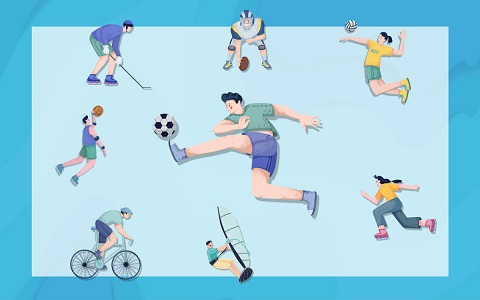 (資料圖片僅供參考)
(資料圖片僅供參考)
in Grade 6
At ISNS, Individuals and Societies (I&S) is a multi-disciplinary subject that students take in MYP and DP. We plan teaching and learning in a fun and engaging way to ensure that our students from G6 all the way to G12 are fostered their inquiry and investigation skills, as well as critical thinking, and communication skills.
This week, we interviewed our Grade 6 Individuals and Societies (I&S) Teacher MsGretchen to find out about theI&S subject inLower MYPand how it builds the fundation through MYP to DP.
1
Framework and
Teaching & Learning
Individuals and Societies(I&S) takes up about 12% of students" academic time.
In I&S, we try to build knowledge and understanding, investigation skills, communication skills and critical thinking skills. In most units, we go through a cycle of building knowledge around a subject, then the students choose something to investigate and follow a research cycle, in which they decide what they are going to study or investigate.
After that, they build and follow an action plan to further their time management. The students collect all their research in a systematic way for them to communicate their findings in a real project (a speech, a paper or a website etc). At last reflection, it is important to reflect on how the research went and then build a plan for improvement in the future.
2
Connection from LMYP to UMYP to DP
In lower MYP grade 6 through 8, we try to build their skills strongly by focusing on ATLs.
We use time management and effective notetaking, which helps students build organizational skills that they must have.
The first time when students started their I&S style research was PYPX, when they were in grade five. I always tell my students that every time a unit in Grade 6 is like doing a PYPX. Repeatedly, students follow that same process as they do in MYP through the years.
PYPX
By the time they get to grade nine, students need to complete a community project that requires all the organisation skills and communication skills that we"ve been building in I&S. Then in Grade 10, they will have the personal project when they could utilize all their skills and experience.
MYPX
Further in DP, students will engage in more of their own interests and investigations and communications about their learning in their knowledge and essays. Certainly I&S always feeds into the spirit of IB and the knowledge building and creating the lifelong learner from an intrinsic motivation standpoint.
?+
+
A Typical Unit
In grade six, we"re doing a full research project right now on human migration.
We spent the first part of the unit just learning how to take notes, using Cornell note-taking system and learning migration stories. We then developed a list of questions that we want to know when we learn about somebody"s migration:
Where did they come from,
Where did they go,
Why did they move and
What were the benefits and challenges
https://www.cornell.edu/
Students can get a well-rounded human version of migration and learn about migrations that have happened all throughout the world. They build this knowledge base and bring it in the second part to Shenzhen China.
Shenzhen is a city that has all been migrated to. It grew from four hundred thousand people in 1980 to fourteen million now. Instead of researching specific stories about migrations, they are writing stories about really immigrants. Students need to choose one person to interview and ask all those questions we"re looking for when we were researching the other migration stories.
They collect those and then they create a website about that person"s migration story. It includes the story, the successes, the benefits, the challenges, photographs, a map of the migration, and a timeline of how the migration happened.
At the end, they will include a knowledge reflection where they talk about what they knew before they started the unit and then what they know now.
A sample process of refection:
How did the research go
How did the time management go
What can you do better in the future
Once the website is completed, students will share it out on their tablet to the school. They will receive feedback from all the teachers.
Tips for learning I&S
“To teach my students short-term time management using the Pomodoro method, which is that you work for 20 to 25 minutes, then take a 5-minute break. It kind of seems obvious but students don"t know that. If I can build that practice in, that is something they can use all the time. It really helps them get their work done and engage with their work. It is really important for an 11- and 12-year-old brain.”
滑動查看英文
6年級人文社會學
在ISNS,人文社會學科(I&S)是學生在中學和高中階段學習的一門多元學科。我們以有趣和引人入勝的方式規劃和教授科學,以確保培養6到12年級學生的探究和調研研究技能,以及批判性思維和溝通技能。
本周,我們采訪了6年級人文社會學科 (I&S) Gretchen 老師,了解 I&S 學科如何從初中低年級過渡到初高中高年級。
1
課程框架和教與學
I&S在初中階段的比例是約占學生12%的學習時間。
在I&S,我們竭力于建立知識和理解調查技能、溝通技能和批判性思維技能。在大多數單元中,我們會進行一個圍繞某個主題構建知識的循環,然后學生選擇要調查的內容并遵循研究循環,在這個循環中他們需要決定學習或調查的內容。
之后,他們制定并遵循行動計劃以進一步進行時間管理。學生以系統的方式收集他們所有的研究成果,以便他們在實際項目(演講、論文或網站等)中交流他們的發現。最后學習反思,重要的是要反思研究的進展情況,然后制定未來的改進計劃。
2
中學到高中的銜接
在初中低年級階段( 6至8年級),我們會通過關注學習技能來增強學生們的學習能力。我們使用時間管理和有效的筆記記錄,幫助學生培養他們做研究必須具備的組織能力。
學生們第一次開始他們的I&S風格研究是在小學五年級畢業展的時候(PYPX)。我總是告訴我的學生們,每次進行6年級的單元研究,就當做PYPX來做。多年來,貫穿整個MYP的過程中,學生們一直采用同樣的方法。
PYPX
到九年級時,學生需要完成一個社區項目,該項目需要用到在 I&S 中培養的所有組織技能和溝通技能。然后在10年級,他們將有個人項目,他們可以利用所有的技能和經驗。
MYPX
在DP的進一步發展中,學生將更多地參與他們自己的興趣項目以及關于他們在知識和論文中學習的調查和交流。當然,I&S始終從內在動機的角度融入IB精神以及知識構建和培養終身學習者的精神。
?+
+
典型單元
在六年級,我們正在做一個關于人類遷徙的完整研究項目。
我們在本單元的第一部分學習了如何做筆記、使用康奈爾筆記法,學習遷移故事。然后我們制定了一份我們想學習和了解的關于移民歷程的問題清單:
他們從哪兒來
他們去了哪里
他們為什么要遷移
遷移后的好處和挑戰有哪些
康奈爾筆記法:https://www.cornell.edu/
學生可以獲得全面的人類遷移版本,并了解世界各地發生的遷移。他們建立了這個知識庫,并在第二部分將研究對象放在中國深圳。
因為深圳是一個外來人口聚集的城市。它的人口從 1980年的40萬增長到現在的1400萬。與單單研究關于移民的具體故事不同的是,學生們需要撰寫關于真正的移民的故事。學生需要選擇一個移民來深圳的人進行采訪,提問所有的關于遷移他們想知道的問題。
他們收集這些信息,然后創建一個關于這個人遷移故事的網站。網站包括故事、成功的過程、遷移后的好處、挑戰、照片、遷移地圖以及發生的時間表等。
最后,他們進行知識反思,討論對比開始該單元之前所知道的知識和現在所知道的知識。
知識反思的示例過程:
大家研究進展的如何
同學們時間管理是怎么進行的
將來可以做什么更好
網站完成后,學生將在平板電腦上將其分享給學校,然后他們會收到所有老師的反饋。
學習人文社會學的小建議
“使用番茄工作法教我的學生進行短期時間管理,即工作20到25分鐘,然后休息5分鐘。這看起來很明顯,但很多學生不知道,如果他們可以養成這個習慣,一直使用這個方法,確實可以幫助他們高效完成工作并投入工作,這對于11歲和12歲學生的大腦發育來說真的很重要。”
關鍵詞: ISNS




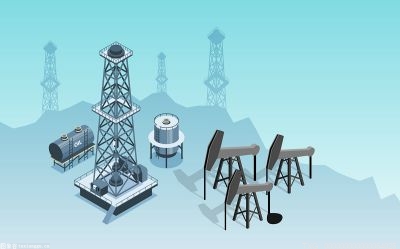

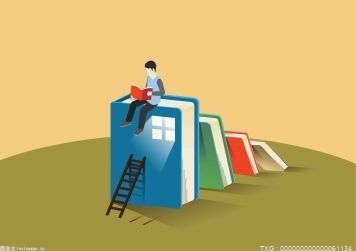





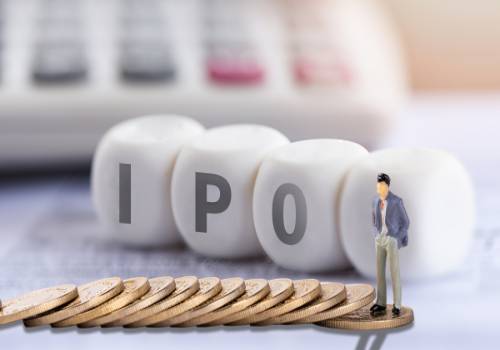



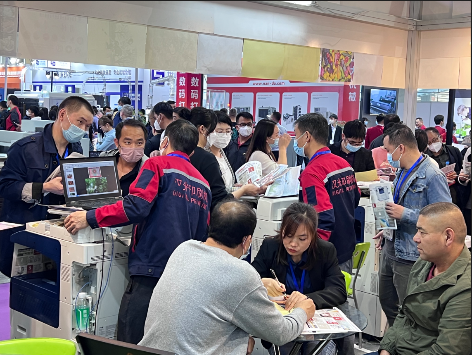



 營業執照公示信息
營業執照公示信息